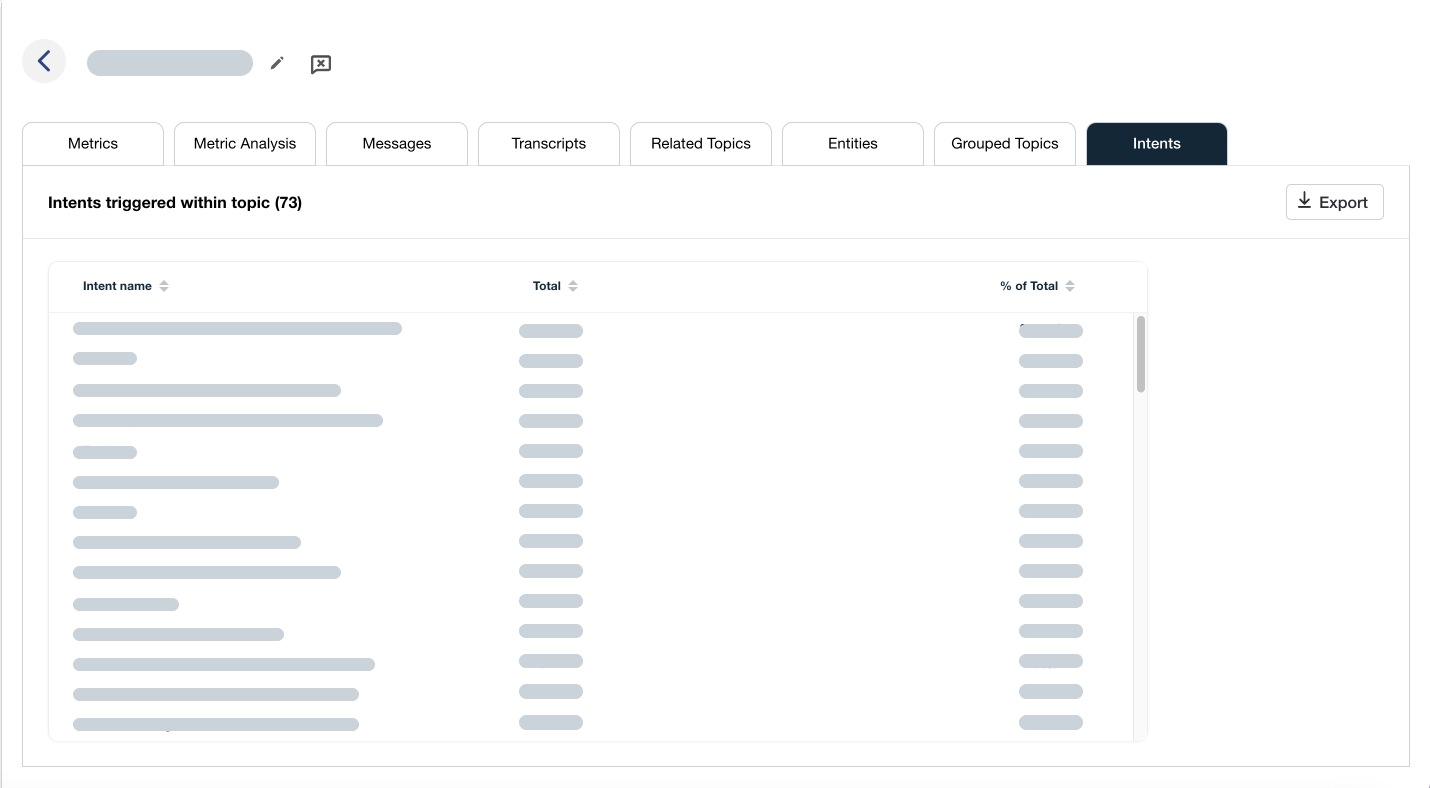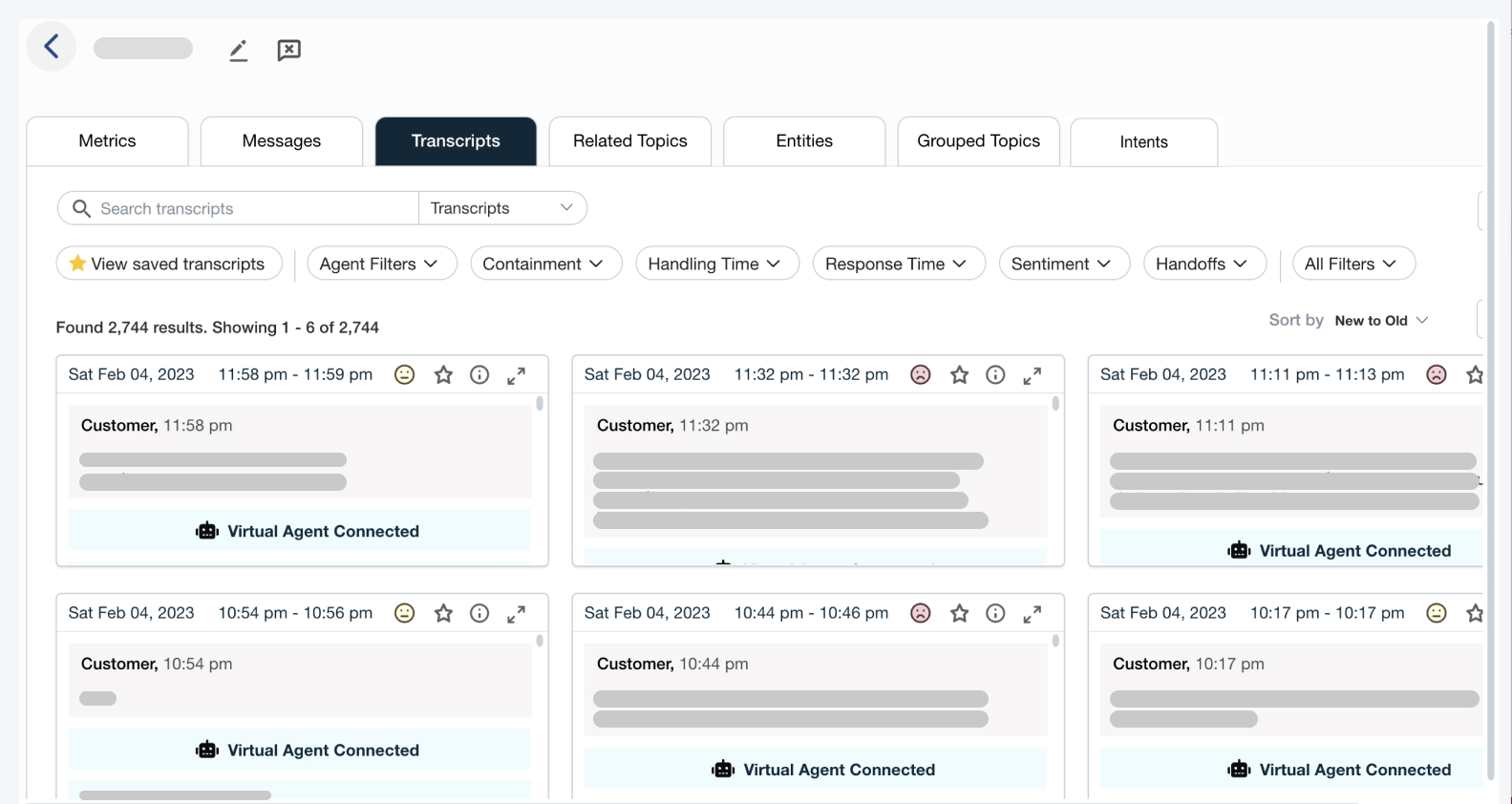How to Apply Analytics at Every Stage of the Customer Lifecycle

Customer expectations are high at every stage of the customer lifecycle. In order to stay competitive in today’s crowded market, companies must not only meet those expectations, they must exceed them. Brands must pay close attention to what customers are telling them, both verbally and through their actions, and use that data to inform their response. With analytics, companies can turn data into insights and anticipate customer needs.
With the many analytics applications that exist for businesses today, leaders have a front row seat to understanding their customers’ conscious and subconscious cues. This information empowers leaders to create the kind of customer experience that drives prospects from awareness to fanatical advocacy—and increase customer lifetime value.
Improve #CustomerExperience with #analytics at every stage of the #CustomerLifecycle Click To TweetNot convinced? Just take a look at the sample customer lifecycle below to see how customer analytics can provide the insight that businesses need at every stage.
Stage 1: Awareness
This is a company’s first opportunity to introduce itself to potential customers. Whether the customer has clicked on an online ad, searched for something that’s landed them on the company’s product page, or deliberately reached out by phone, email, or chat, the customer’s attention has been caught in some way. As with any first meeting, it’s essential to leave a positive and lasting impression.
Customer analytics tools can help a company measure that impression by quantifying brand strength, brand recall, and brand recognition metrics. With this data in hand, companies can determine which campaigns or inbound marketing channels are resonating most with their customers and focus on further optimizing campaigns to build the brand that customers want.
Stage 2: Acquisition
Once a company has earned the attention of its potential buyers, it’s time to earn their business. For B2B organizations this usually involves the sales team guiding prospects all the way through the sales funnel until they finally make a purchase. Unfortunately, even the most well-oiled teams see prospects fall out of the sales funnel. A key component of this stage is being able to quickly and accurately identify which activities drive a sale forward and which don’t.
With a speech analytics tool, a company can maximize the close rate by identifying the conversations in which sales reps are closing deals and examining all interactions, and the sequence in which they occurred, to make a successful sale. With that understanding, they can create a profile of the perfect sale and scale the sales process. Conversely, they can also identify opportunities for coaching for underperforming reps.
Stage 3: Retention
We’ve all heard the old adage that it’s more expensive to acquire a new customer than it is to keep one. Recent research shows that it’s five times as expensive, to be exact. One of the best ways a company can avoid this is to identify at-risk customers and offer quick and effective results in times of trouble or frustration.
In the contact center, which is often the first responder to product questions or complaints, this means having a customer analytics tool like Calabrio Analytics in place to help decode customer sentiment and intentions. When implemented properly, analytics solutions can give a company insight into whether a customer is complaining as a means of obtaining a better deal or truly intending to switch brands. By tracking all of these metrics effectively, a company can enact retention strategies to both maintain and foster customer relationships.
The #VoC is your business's biggest asset. Learn how to transform your #cctr into a customer intelligence hub Click To TweetStage 4: Loyalty
Being able to turn your customers into loyal super fans is every company’s desired outcome. First, it must identify potential advocates and determine the most effective ways to invest. Through a combination of proactive, outbound communication and customer analytics, a company can easily identify loyal behavior amongst its customers and then activate them to drive more revenue for the company. Customers who feel both heard and valued will take action to reinforce and promote their affinity for the brand.
Learn how to transform your contact center into a customer intelligence hub.









